Giant marine sinkholes—what are they? What’s inside of them? How did we get Gémeaux in the middle? And, how the heck did we get that picture? So many of you have asked, so here you go…
Blue Holes are named for the dramatic contrast between the deep dark blue water and the shallow lighter blue coral reef around their perimeter. The maze of underwater tunnels and caves with stalactites is evidence the Holes were formed above sea level when oceans were far lower. Over several glacial periods, rising water levels filled these limestone caverns, eventually causing them to collapse in on themselves, becoming the vertical crevasses they are today.
Everything from fossils to dead bodies! have been found inside Blue Holes. Grouper and Caribbean reef sharks live in the Holes, as well as unusual marine species like the Midnight Parrotfish. Water circulation, however, is poor and in the very deepest Blue Holes, oxygen disappears altogether and only a toxic layer of hydrogen sulfide exists. Except some kinds of bacteria, most sea life cannot survive in these anoxic conditions. The lack of oxygen, ironically, also acts as a preservative, leaving its graveyard in tact. Of course, evil plastic requires no oxygen for its eternal life and sadly, has polluted these natural wonders.
The Great Blue Hole of Belize is located 40 miles from the eastern coast of Central America. It forms a perfect circle in the middle of Lighthouse Reef and is part of the Belize Barrier Reef Reserve System, the world’s second largest coral reef system after the Great Barrier Reef in Australia. It measures more than 1,000 feet across and 400 feet deep, making it the world’s largest blue hole (based on combined depth and width). The famed Jacques Cousteau proclaimed The Great Blue Hole as one of the top dive sites in the world and it remains on the bucket list for many divers. By now, you know that I have a fear of deep water so I wasn’t the least bit interested in diving down this abyss. And frankly, is there really that much to see in this colorless void? Still, both Allen and I wanted to see this amazing phenomenon and determine if we could get Gémeaux into its center.
Most people visiting The Great Blue Hole fly first to Cancun, then take a flight to Belize City, followed by another short flight to Ambergris Caye, where they spend the night at a small resort. They finally reach their ultimate destination by speedboat the following morning, where they share the experience with dive boats, day tours, and a couple of helicopters and small planes. With the exception of a small plane that circled above for a few minutes, on the day we visited The Great Blue Hole, we had the place to ourselves.
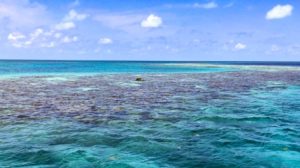 We had just completed the Suzie Too Western Caribbean Rally (see Rally Reflections) and were making our way north through the Belize archipalego, headed to the U.S. East Coast. Anchored at nearby Long Cay, it was about 10 miles to The Great Blue Hole. Because th
We had just completed the Suzie Too Western Caribbean Rally (see Rally Reflections) and were making our way north through the Belize archipalego, headed to the U.S. East Coast. Anchored at nearby Long Cay, it was about 10 miles to The Great Blue Hole. Because th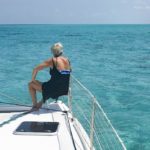 e Holes are surrounded by a shallow coral reef, the biggest obstacle was navigating through coral heads without scraping the bottom of our keels. Using charts that display ocean depths, the Captain carefully motored for the next 3 hours with a constant eye on our depth finder to make sure we cleared our 3.5 foot draft. Our friend, Ronna, and I sat on the bow as spotters, pointing out coral heads to avoid.
e Holes are surrounded by a shallow coral reef, the biggest obstacle was navigating through coral heads without scraping the bottom of our keels. Using charts that display ocean depths, the Captain carefully motored for the next 3 hours with a constant eye on our depth finder to make sure we cleared our 3.5 foot draft. Our friend, Ronna, and I sat on the bow as spotters, pointing out coral heads to avoid.
We picked one of the two 12-foot deep entrances from the charts and slowly motored into The Great Blue Hole. We held our breath, not for fear of hitting the bottom but from sheer wonderment as the crystal clear water changed immediately to a majestic sapphire. We were inside The Great Blue Hole…and it was awesome. We maintained our position perfectly in the center of the Hole while I climbed to the top of our 70-foot mast to take some photos. Haha—not really…those amazing photos were taken by drone, Allen’s favorite toy. We completed the photo session and then attached Gémeaux to one of the mooring balls still inside the hole but fixed to a concrete block in shallow water. While diving wasn’t on my bucket list, snorkeling the full perimeter of The Great Blue Hole definitely was. Ronna and I jumped in the water and eagerly set out to explore our backyard. The contrast was remarkable—over our right shoulder, a sea of plain sand sloped into an eerie, colorless void; on the other side, a dense underwater garden boasted vibrant corals and sealife. It was a day I’ll never forget.
We completed the photo session and then attached Gémeaux to one of the mooring balls still inside the hole but fixed to a concrete block in shallow water. While diving wasn’t on my bucket list, snorkeling the full perimeter of The Great Blue Hole definitely was. Ronna and I jumped in the water and eagerly set out to explore our backyard. The contrast was remarkable—over our right shoulder, a sea of plain sand sloped into an eerie, colorless void; on the other side, a dense underwater garden boasted vibrant corals and sealife. It was a day I’ll never forget.
A year later in The Bahamas, we found a lesser-known heart-shaped Blue Hole near Water Cay in the western chain of the Jumentos.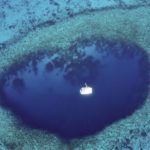 There are several Blue Holes in The Bahamas, including Dean’s Blue Hole on Long Island, recorded as the world’s 2nd deepest Hole at 600 feet. Situated on the island (not in the sea), Dean’s Blue Hole was popular among free divers, until Dean ate one of the divers. The 155-foot deep Blue Hole we explored in the Jumentos Cays has no name, nor has it claimed any divers. It reportedly has a tunnel that runs miles to the deep ocean—too far for a diver to fact-check.
There are several Blue Holes in The Bahamas, including Dean’s Blue Hole on Long Island, recorded as the world’s 2nd deepest Hole at 600 feet. Situated on the island (not in the sea), Dean’s Blue Hole was popular among free divers, until Dean ate one of the divers. The 155-foot deep Blue Hole we explored in the Jumentos Cays has no name, nor has it claimed any divers. It reportedly has a tunnel that runs miles to the deep ocean—too far for a diver to fact-check.
As we continue to wander the planet, I suppose we’ll continue our search for Blue Holes. The cool factor is just too great. And now you know…the rest of the story.
Enjoyed this post?
Sign up at the bottom of this page
to receive email notifications of future posts!

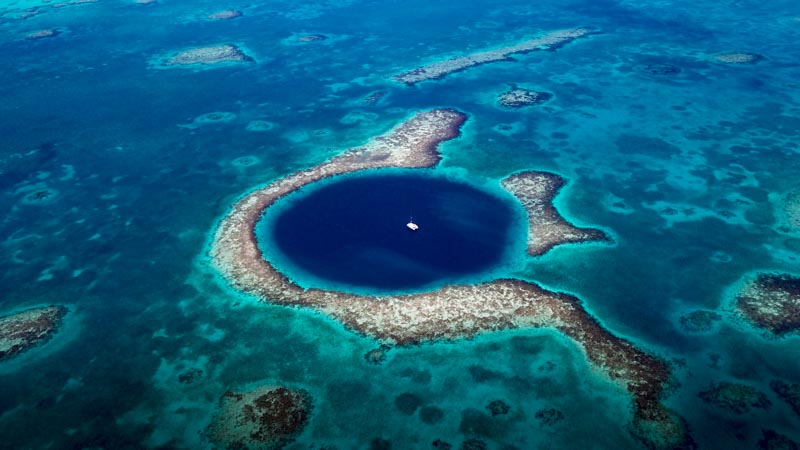
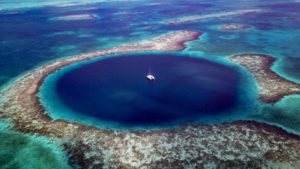
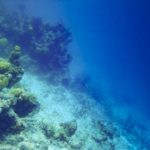
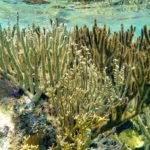

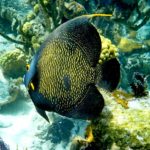
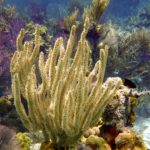
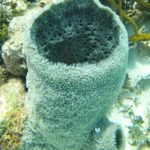
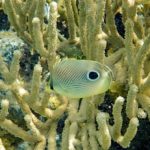
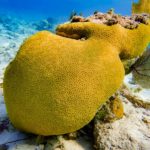
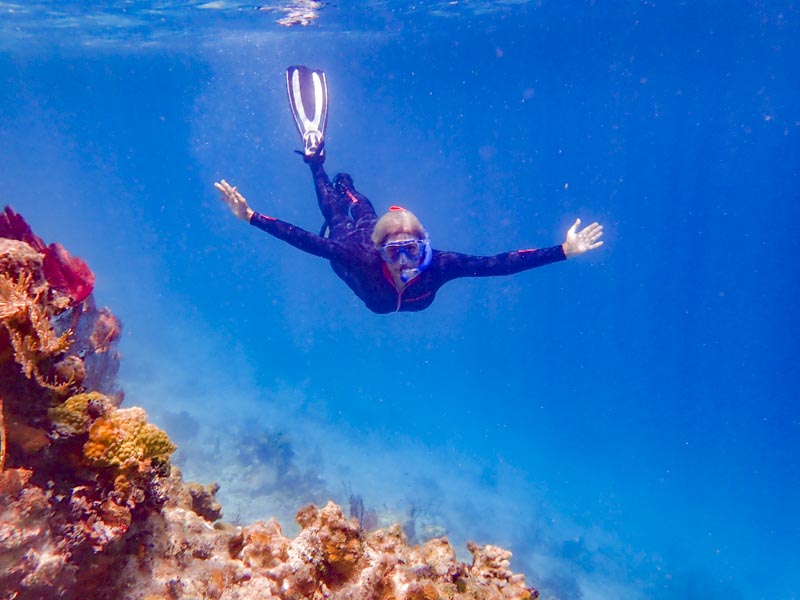
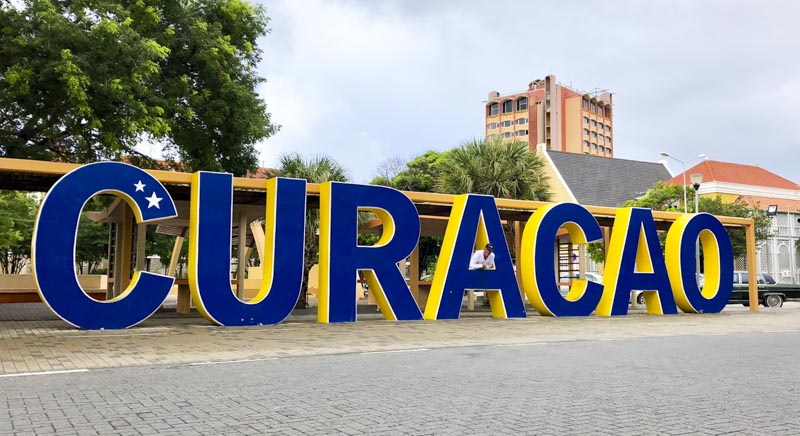
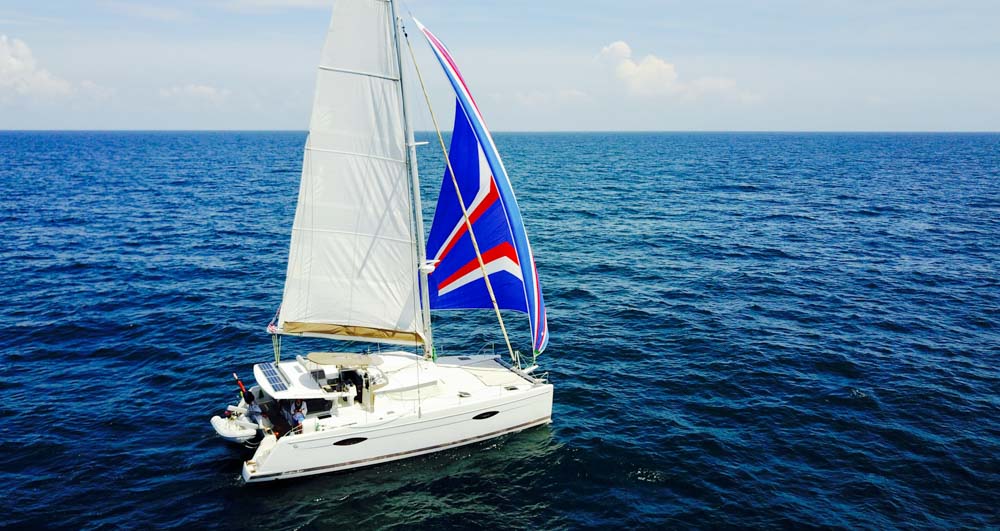
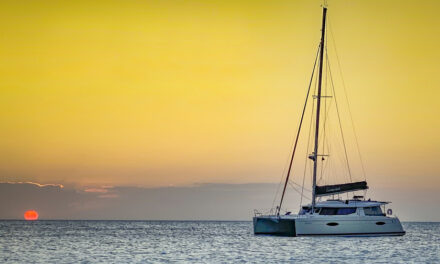
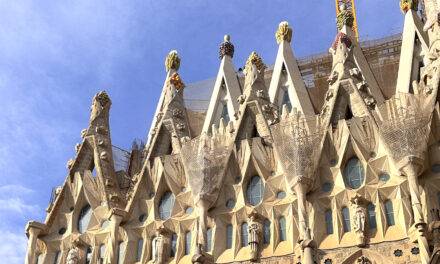


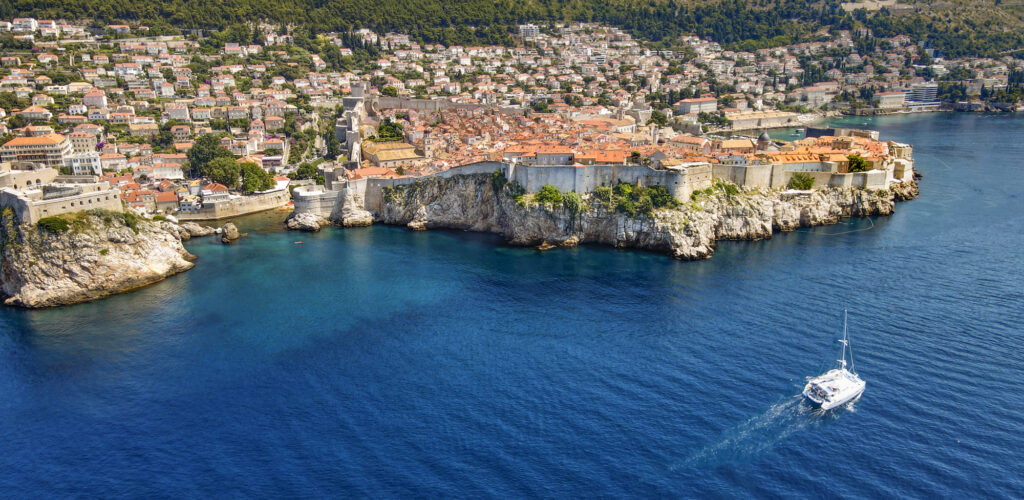
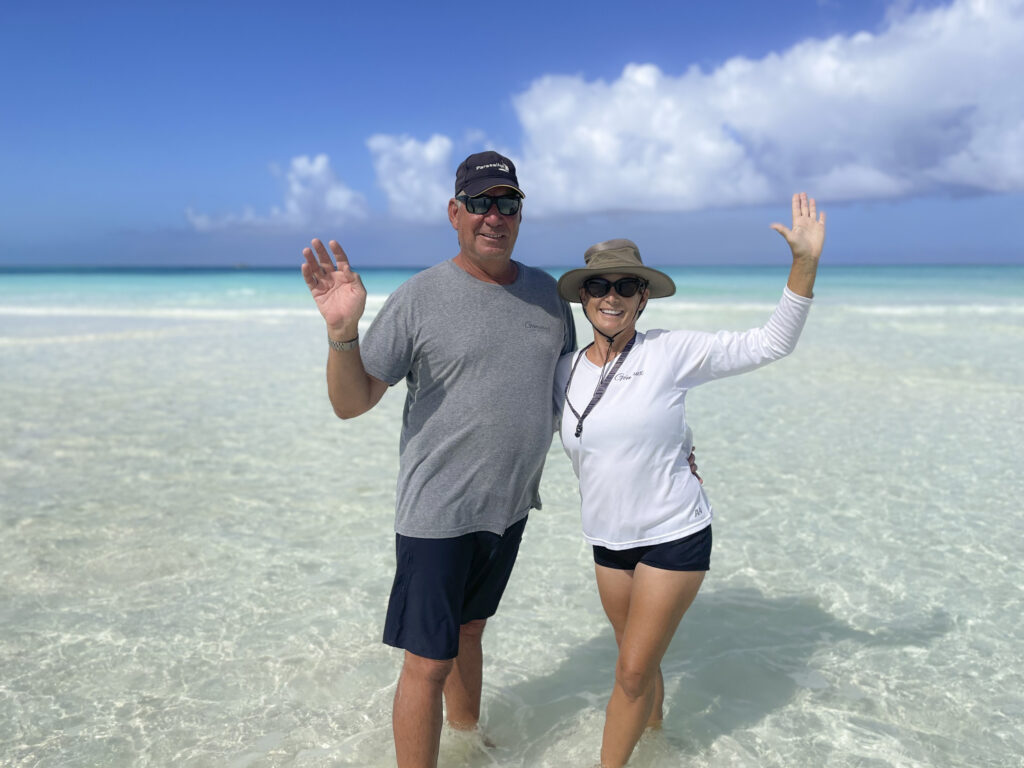
How magical! Thanks for sharing.
Thanks for finally letting us know about the picture. I was a little slow — but Laura figured it out. Snow here in Atlanta — enjoy your beautiful weather!❤️
Why would lack of oxygen in the water be an issue for divers who either breathe from oxygen tanks or hold their breath?
Divers actually die because they run out of air or surface too quickly or…any of the other reasons that divers perish on dives. The lack of oxygen AND a layer of toxic hydrogen sulfide preserves their dead bodies, along with anything else that falls to the bottom. You keep me on my toes!
Who or what was Dean?!
Just a local landowner…wish I could make up a better story:)
Hi Sheira and Allen – we would like to subscribe to you blog 🙂 Fun and nice readling. But we can’t find where to submit e-mail, so here is a comment and our e-mail, which you already have, but anyway here it is again 🙂 Love from the Bushpointers
Hello Bushpoint! We added you to our list. You should receive a notification of our latest post on The Road Less Travelled. Miss you guys!
How did you get Gemeaux into the blue hole on Water Cay? There doesn’t seem to be a channel like the blue hole in Belize.
Good question! Water was deeper than in Belize–7+ feet around its entire perimeter so we just slowly crept in. The water was so clear that an aerial view makes it look like it’s impassable:)
That is such a cool photo opp. I’m looking for the one in Water Cay in the Bahamas so maybe we can visit next year. Do you have coordinates?